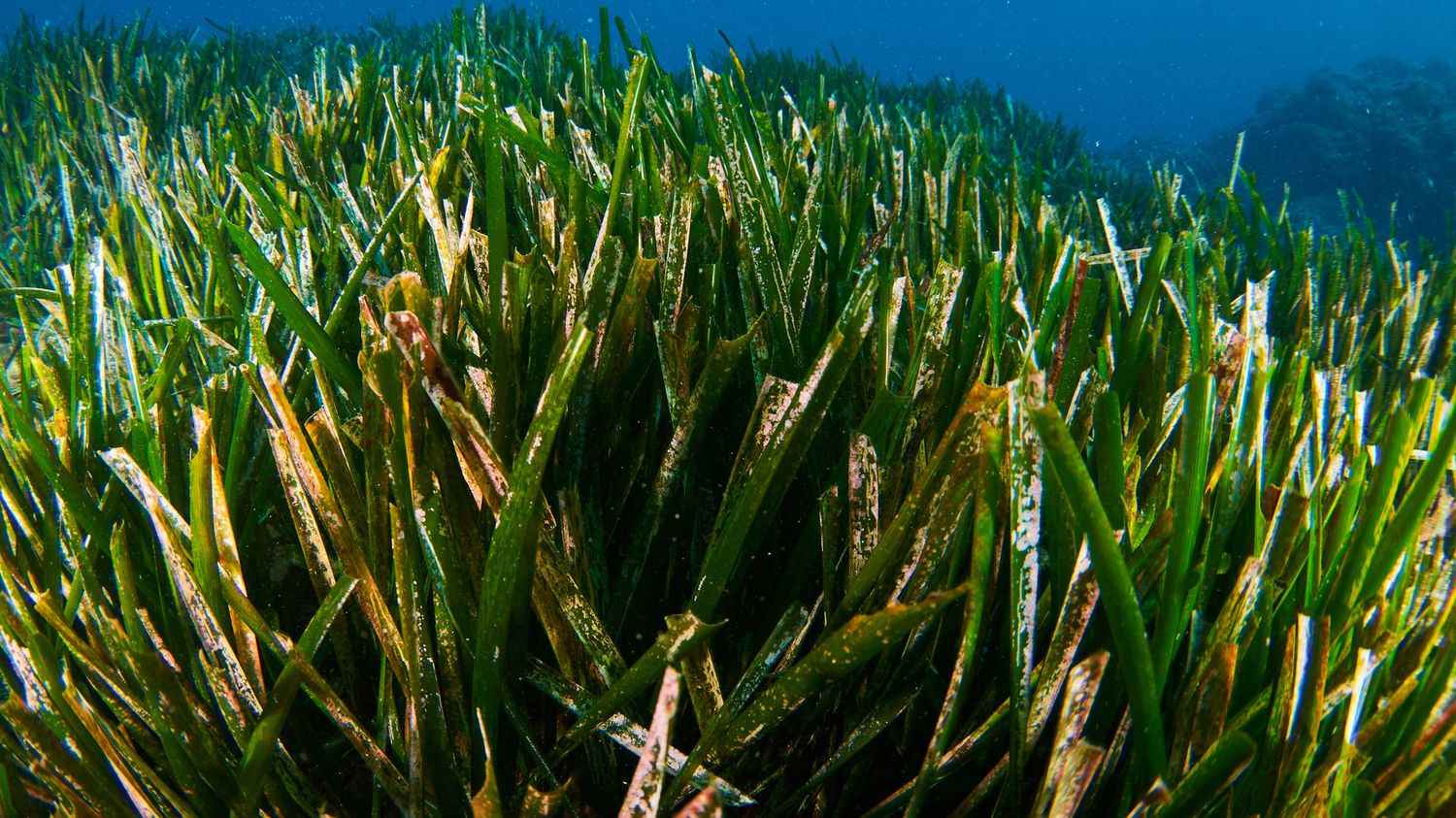Mathilde Fontez, editor-in-chief of the scientific magazine Epsiloon today looks at a discovery that was made by chance by a team of Australian biologists.
franceinfo: Australian biologists have found a plant that is huge, is it the largest living being on Earth?
Mathilde Fontez: We had already found record animals: a kind of jellyfish 120 long, for example, in 2020. Or a mushroom that extends over more than 300 square meters. There was also this aspen forest in Utah, USA, whose trees form a single organism that grows over 500 square meters. But here, we completely change the order of magnitude. The plant that has just been discovered covers 200 square kilometres: twice the area of Paris!
It’s an aquatic plant, right, it lines the ocean floor?
Yes. It looks like a carpet of green algae. It’s called ribbon grass. And it was discovered by chance, in a bay, Shark Bay, off the west coast of Australia. So we knew about the existence of these aquatic plants. It is a common species in Australia. But it was thought until then that this carpet of Shark Bay was made up of different organisms.
Except that when Australian biologists took and analyzed samples, they realized that they all had the same genome. It is therefore one and the same living being that extends over tens of kilometers.
This plant has grown over the years to become a giant?
Yes ! For thousands of years. The researchers were able to estimate his age. They simply studied its growth rate: it gains 35 meters per year. Which means it is 4500 years old! There are older trees, but it is arguably one of the oldest beings on Earth.
The researchers also studied its genome: this plant is weird, it actually has two genomes. Part of its genes are those of the classic ribbon grass, which is found all over the ocean. But the other comes from an unknown plant. It’s as if, 4,500 years ago, two species of marine plants had combined to form a seed that would have kept the chromosomes of both parents entirely – normally, during reproduction, we take half of the genes of each parent.
And that’s what gave it this longevity?
This is the hypothesis of the researchers, yes: this double genome would have allowed it to adapt to its environment and to persist like that for thousands of years. And to spread, meter after meter, until reaching this enormous size. Especially since this plant seems sterile: it does not produce seeds. It therefore cannot swarm. It can only grow, again and again…
